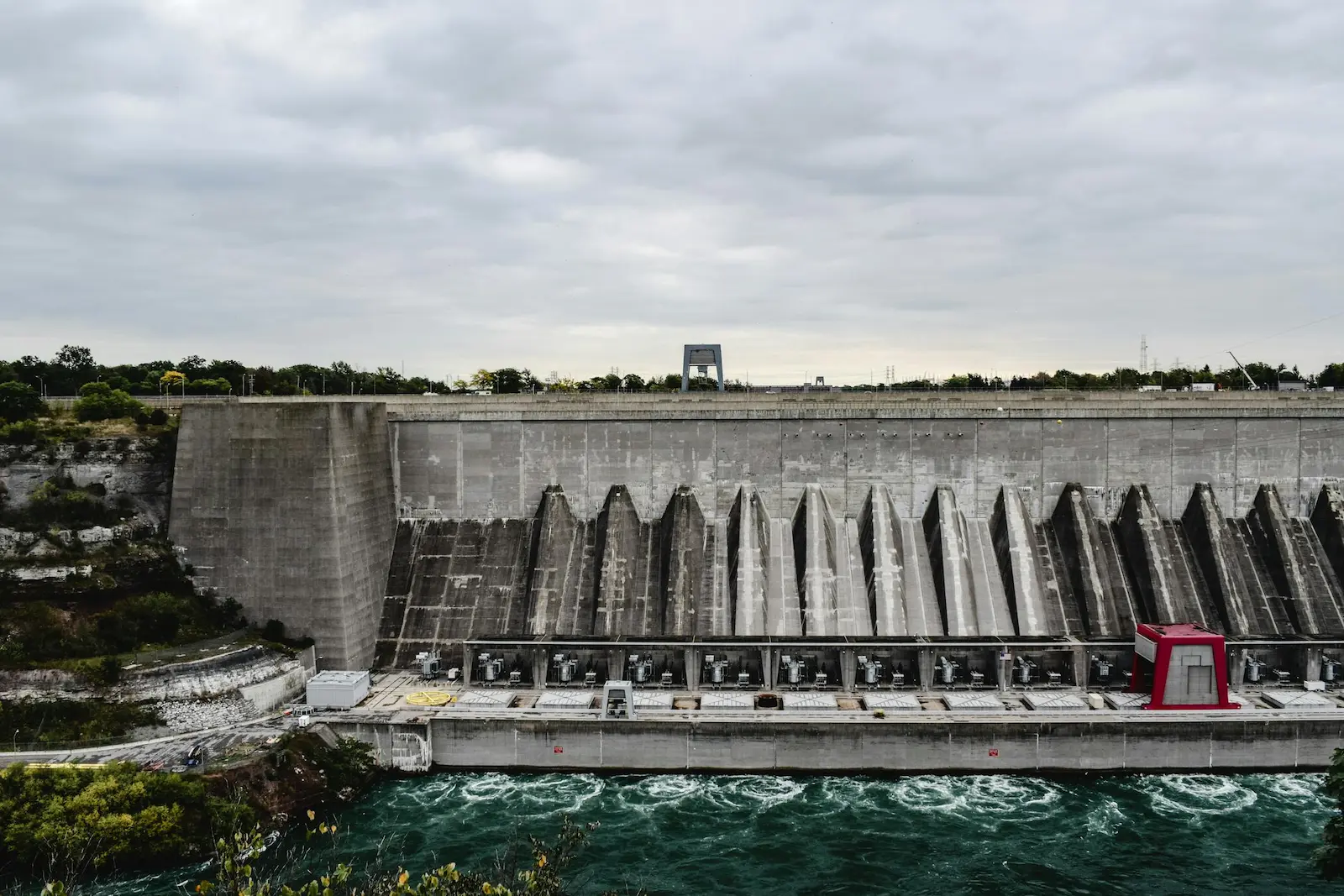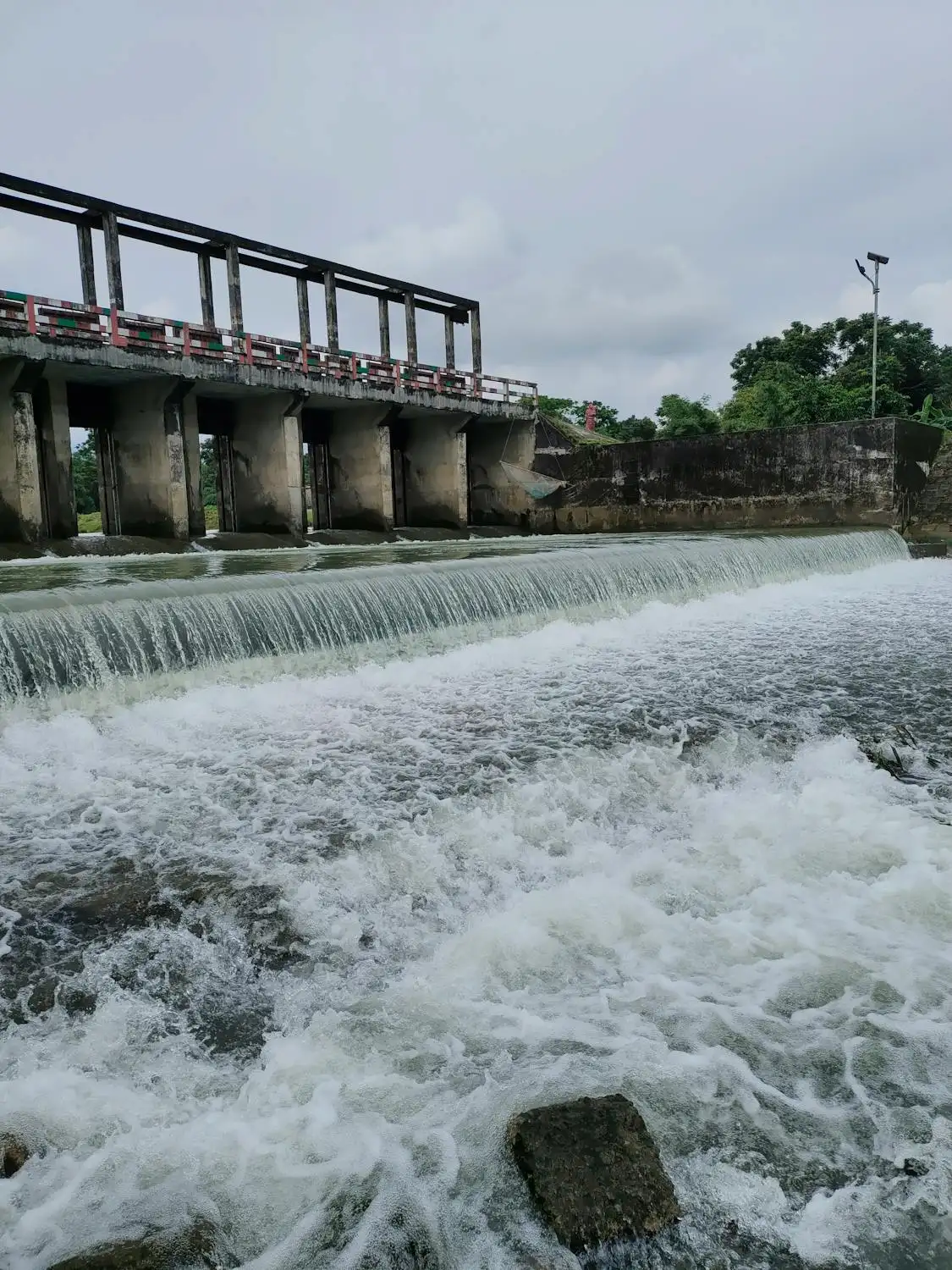Hydropower is a widely used renewable energy source that harnesses the energy of flowing water to generate electricity. While it offers significant benefits in terms of clean energy production, it also poses several challenges for water management, impacting ecosystems, water quality, and local communities.

Hydropower plants generate electricity by using the kinetic energy of flowing or falling water. This process typically involves damming rivers to create reservoirs, which store water. When released, the water flows through turbines, generating electricity. These plants range from large-scale facilities like the Hoover Dam in the United States to smaller micro-hydropower systems used in rural or off-grid locations.
Damming rivers for hydropower significantly alters the natural flow of water. This alteration can cause drastic changes in the ecosystem, affecting aquatic habitats and species that rely on natural flow patterns. Fish migration patterns are particularly impacted, as dams block access to upstream spawning grounds, which can lead to population declines and even extinctions of certain species.

Reservoirs created by dams can lead to water quality problems. The stagnant water in reservoirs often has higher temperatures and lower oxygen levels, which can negatively impact aquatic life. The accumulation of sediments and nutrients can promote excessive algae growth that depletes oxygen in the water and harms fish and other aquatic organisms.
Hydropower projects can have significant effects on downstream communities. Altered water flow can impact agriculture, fisheries, and drinking water supplies. Reduced water flow can diminish the availability of water for irrigation, affecting crop yields and food security. Fisheries can suffer from changes in water temperature and flow. In some cases, reduced water flow can even lead to conflicts over water rights and access, especially in regions where water is already scarce.
Dams trap sediments that would otherwise naturally flow downstream. This sediment buildup in reservoirs reduces their capacity over time and deprives downstream ecosystems and agricultural lands of nutrient-rich sediments. The lack of sediment deposition can lead to the erosion of riverbanks and deltas, impacting both natural and human systems.
Large hydropower projects often require the flooding of extensive areas to create reservoirs. This can result in the displacement of local communities, leading to social and economic disruptions. The loss of land and homes, along with cultural and historical sites, can have long-lasting impacts on displaced populations.
While hydropower is a valuable source of renewable energy, it is essential to consider its negative impacts on water management. Balancing the benefits of clean energy with the need to protect ecosystems, water quality, and communities is crucial for sustainable water and energy management. Implementing measures to mitigate these negative effects, such as fish ladders, sediment management techniques, and community relocation support, can help ensure that hydropower remains a viable and environmentally responsible energy source.
© 2025 - World Population Limitation Movement | Website by Donkeys & Co.